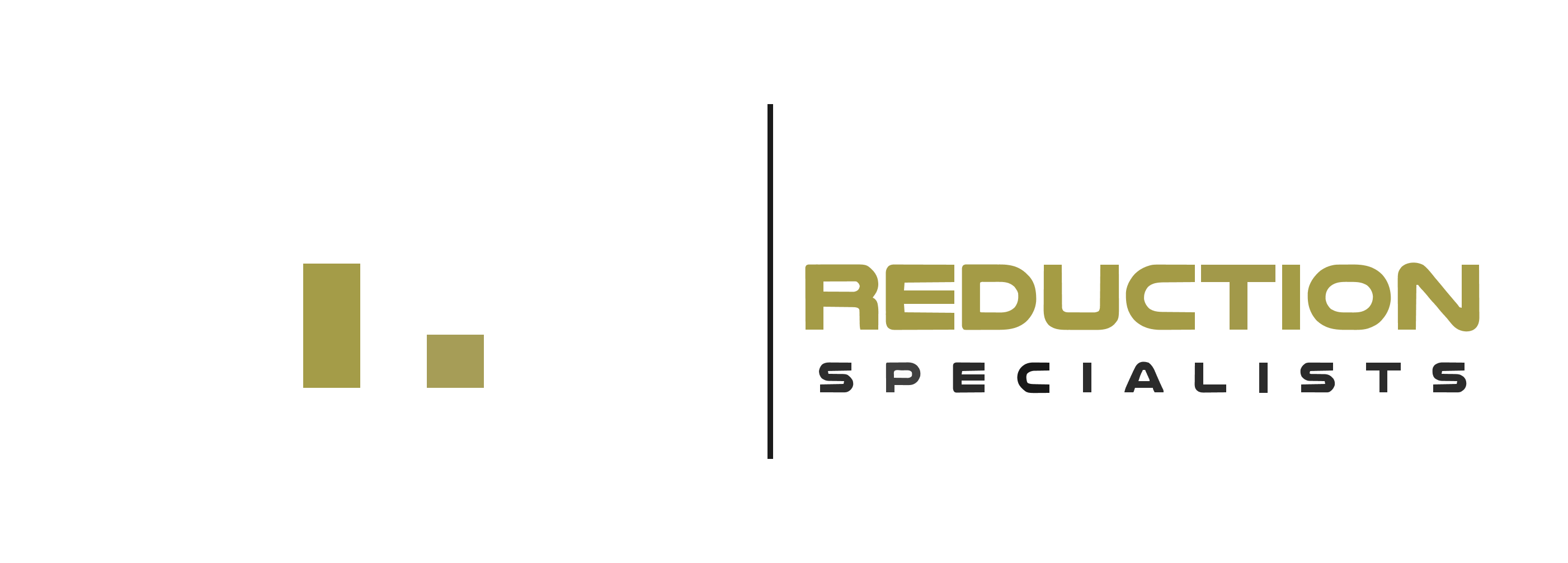How to Choose Between Coverdell ESA and 529 Plans: 7 Key Factors to Consider
Planning for your child’s education but caught between Coverdell ESA and 529 Plans? You’re not alone in this crucial financial decision. The best choice between Coverdell ESA and 529 Plans depends on 7 key factors including contribution limits, income restrictions, investment flexibility, and qualified expenses coverage. Whether you’re weighing the $2,000 annual contribution limit of Coverdell ESA against the higher limits of 529 Plans, or comparing their investment options, we’ll help you make an informed choice. From tax benefits to age restrictions, this comprehensive guide breaks down everything you need to know about these education savings accounts. Ready to secure your child’s educational future? Let’s explore these 7 essential factors that will help you choose the perfect education savings plan for your family’s unique needs.
Key Takeaways:
- – Contribution Limits: Coverdell ESAs cap at $2,000 annually, while 529 Plans offer more generous contribution limits with lifetime maximums varying by state.
- – Income Restrictions: Coverdell ESAs have strict income limits for contributors, whereas 529 Plans are available to everyone regardless of income level.
- – Investment Flexibility: Coverdell ESAs typically offer more diverse investment options including mutual funds and exchange-traded funds, while 529 Plans usually provide pre-selected investment portfolios.
- – Qualified Expenses: Both plans cover college costs, but Coverdell ESAs also include K-12 expenses and items like internet access. 529 Plans primarily focus on higher education expenses.
- – Tax Benefits: Both accounts offer tax-free investment growth and withdrawals for qualified education expenses, but 529 Plans may provide additional state tax deductions depending on your home state.
Understanding Education Savings Accounts
Education savings accounts are specialized investment vehicles designed to help families save for future educational expenses. These accounts offer various tax advantages and benefits that make them attractive options for planning your child’s academic future.
Tax-Advantaged Growth
These accounts allow your investments to grow tax-free, meaning you won’t pay taxes on the earnings as long as you use the funds for qualified educational expenses. This tax-free growth can significantly boost your savings potential over time, helping you build a more substantial education fund for your child.
Qualified Educational Expenses
Education savings accounts typically cover a wide range of expenses, including:
– Tuition and fees
– Books and supplies
– Room and board
– Computer equipment and internet access
– Special needs equipment for students
Contribution Flexibility
Most education savings accounts offer flexibility in how you contribute. You can make regular monthly deposits or occasional lump-sum contributions based on your financial situation. This adaptability helps you maintain a consistent saving strategy while accommodating your budget constraints.
Investment Options
These accounts generally provide various investment choices to match your risk tolerance and time horizon. You can typically select from:
– Mutual funds
– Exchange-traded funds (ETFs)
– Individual stocks and bonds
– Age-based portfolios that automatically adjust as your child grows
Account Ownership and Control
As the account owner, you maintain control over the funds, even after your child reaches adulthood. This control ensures the money is used specifically for educational purposes and allows you to change beneficiaries if needed.
???? Key Takeaway: Education savings accounts offer tax-advantaged growth potential and flexible investment options while maintaining parental control, making them valuable tools for funding future educational expenses.
Account Structure and Ownership
Understanding 529 Plan Structure
A 529 plan operates as a state-sponsored investment vehicle where the account owner maintains complete control. As the owner, you can change beneficiaries, manage investments, and control distributions while your child is the designated beneficiary. This structure provides flexibility and protection since the funds remain under your authority.
The account ownership typically stays with the parent or grandparent who opened it, even after the beneficiary reaches adulthood. This means you retain the power to ensure the money is used appropriately for education expenses.
Coverdell ESA Setup
Coverdell ESAs follow a different structure, functioning more like a trust account. When you open a Coverdell ESA, you must name a responsible individual who manages the account until the beneficiary turns 18. Usually, this is a parent or guardian who oversees investment decisions and distributions.
Once the beneficiary reaches 18, they gain control of the account unless specific provisions are made. This transfer of control is a key difference from 529 plans, where ownership remains with the original account holder.
The custodial nature of Coverdell ESAs means they’re irrevocable gifts to the beneficiary. While this provides tax benefits, it also means you can’t reclaim the funds or change beneficiaries as freely as with a 529 plan.
???? Key Takeaway: While 529 plans offer permanent account control to the owner, Coverdell ESAs transfer to the beneficiary at age 18, making 529s more flexible for long-term education planning and control.
Contribution Rules and Limitations
Annual Contribution Caps
When it comes to saving for education, understanding contribution limits is crucial. Coverdell ESAs have a strict annual contribution limit of $2,000 per beneficiary. This means if multiple people contribute to a child’s ESA, their combined contributions cannot exceed $2,000 in a single year.
529 plans, on the other hand, offer much more generous contribution allowances. While limits vary by state, most plans allow total contributions between $235,000 and $529,000. You can also make larger one-time contributions of up to $17,000 per year (2024 limit) without triggering gift tax implications.
Income Eligibility Requirements
The income restrictions present another key difference between these education savings options. Coverdell ESAs have specific income limits that determine eligibility. Single filers with modified adjusted gross income (MAGI) above $110,000 and joint filers exceeding $220,000 cannot contribute to an ESA.
In contrast, 529 plans have no income restrictions whatsoever. This makes them accessible to high-income earners who may be phased out of Coverdell ESA eligibility. Anyone can contribute to a 529 plan regardless of their income level, making them a more flexible option for many families.
???? Key Takeaway: While Coverdell ESAs have strict $2,000 annual contribution limits and income eligibility requirements, 529 plans offer higher contribution caps with no income restrictions, making them more flexible for many families.
Investment Options and Flexibility
Investment Choices
When it comes to investment flexibility, Coverdell ESAs and 529 plans offer distinctly different approaches. Coverdell ESAs provide a self-directed investment structure, allowing account holders to choose from a wide range of investment options including stocks, bonds, mutual funds, and ETFs. This level of control appeals to investors who prefer hands-on management of their education savings.
529 plans, on the other hand, typically offer a more streamlined approach with pre-selected investment portfolios. These portfolios are professionally managed and often include age-based options that automatically adjust the investment mix as your child approaches college age. While this limits individual investment choices, it provides a convenient, hands-off approach for busy parents.
Control Over Investment Decisions
The level of control over investment decisions varies significantly between these two options. With a Coverdell ESA, you have the freedom to make investment changes whenever you want, similar to managing a traditional brokerage account. This flexibility allows you to respond quickly to market conditions or adjust your strategy based on changing educational needs.
529 plans restrict investment changes to twice per calendar year, unless you’re changing beneficiaries. While this might seem limiting, it can actually help prevent emotional trading decisions and maintain a long-term focus. The professional management aspect of 529 plans also means you don’t need extensive investment knowledge to potentially achieve solid returns.
???? Key Takeaway: Coverdell ESAs offer greater investment flexibility with self-directed options, while 529 plans provide professionally managed portfolios with less frequent trading opportunities, making them suitable for different investor preferences.
Tax Benefits Comparison
Tax-Free Growth and Withdrawals
Both Coverdell ESAs and 529 plans offer significant tax advantages for education savings. Your contributions grow tax-free as long as they remain in the account. When you withdraw funds for qualified education expenses, you won’t owe any federal taxes on the earnings.
However, it’s crucial to understand that contributions to both accounts are made with after-tax dollars. This means you can’t deduct your contributions from your federal taxes in the year you make them.
State Tax Benefits
Here’s where 529 plans often have an edge over Coverdell ESAs. Many states offer additional tax benefits for 529 plan contributions, particularly if you invest in your home state’s plan. These benefits can include:
– State income tax deductions
– Tax credits on contributions
– Tax-free withdrawals for state tax purposes
Coverdell ESAs, on the other hand, typically don’t offer any state tax advantages. This is because they’re federal accounts without state-specific versions or benefits.
If you withdraw money for non-qualified expenses from either account type, you’ll face:
– Income tax on the earnings portion
– A 10% federal tax penalty
– Possible state tax penalties (for 529 plans)
???? Key Takeaway: While both accounts offer tax-free growth and withdrawals for qualified expenses, 529 plans often provide additional state tax benefits that Coverdell ESAs don’t, making them potentially more advantageous for state tax savings.
Qualified Education Expenses
Understanding what qualifies as an education expense is crucial when comparing Coverdell ESAs and 529 plans. While both accounts cover qualified education expenses, there are some notable differences in their coverage.
College-Related Expenses
Both Coverdell ESAs and 529 plans cover essential college costs like tuition, fees, books, supplies, and required equipment. They also include expenses for room and board for students enrolled at least half-time, as well as necessary computer technology and internet access.
K-12 Education Coverage
Coverdell ESAs offer broader coverage for K-12 expenses. They can be used for private school tuition, academic tutoring, special needs services, uniforms, transportation, and supplementary educational materials. In contrast, 529 plans limit K-12 expenses primarily to tuition payments up to $10,000 per year.
Additional Qualified Expenses
Coverdell ESAs provide more flexibility by covering expenses like academic enrichment programs, educational software, and extended day programs. These additional qualified expenses make Coverdell ESAs particularly attractive for families with children in private schools or those requiring supplementary educational support.
???? Key Takeaway: Coverdell ESAs offer more comprehensive coverage for K-12 education expenses, while both accounts equally cover college-related costs, making the choice dependent on your specific educational needs.
Account Flexibility and Control
Investment Options and Management
When it comes to investment control, Coverdell ESAs offer significantly more flexibility than 529 plans. With a Coverdell ESA, you have the freedom to self-direct your investments across a wide range of options, including stocks, bonds, mutual funds, and ETFs. This level of control allows you to tailor your investment strategy based on your risk tolerance and timeline.
In contrast, 529 plans typically limit your choices to pre-selected investment portfolios managed by the plan administrator. While these portfolios are professionally managed and often include age-based options that automatically adjust as your child grows, you’re restricted to the specific investment choices offered by your plan.
Changing Investment Strategies
Both accounts allow you to modify your investment approach, but with different limitations. In a Coverdell ESA, you can make investment changes whenever you want, giving you the ability to respond quickly to market conditions or adjust your strategy as needed.
529 plans are more restrictive, generally allowing only two investment changes per calendar year. However, you can make additional changes when you change beneficiaries or roll over to a different 529 plan. This limitation is designed to encourage long-term investment strategies rather than frequent trading.
The ability to actively manage your investments in a Coverdell ESA can be particularly valuable if you’re an experienced investor or work with a financial advisor who can help optimize your investment choices. However, the simplified, professionally managed options in 529 plans might be more suitable if you prefer a hands-off approach to investing.
???? Key Takeaway: Coverdell ESAs provide complete investment freedom with unlimited changes, while 529 plans offer professionally managed portfolios with restricted investment options and fewer opportunities to adjust strategies.
Conclusion
As you navigate the choice between Coverdell ESA and 529 Plans, remember that both options offer valuable tax benefits and opportunities to secure your child’s educational future. Your decision should align with your family’s unique financial situation, considering factors like contribution limits, income restrictions, and qualified expenses. While Coverdell ESAs offer greater investment flexibility and coverage for K-12 expenses, 529 Plans stand out with their higher contribution limits and potential state tax benefits. Take time to evaluate your income level, desired contribution amount, and specific educational needs before making your choice. Consider consulting with a financial advisor to create a personalized education savings strategy that maximizes your tax advantages. Start your education savings journey today – whether through a Coverdell ESA, 529 Plan, or a combination of both. Your proactive planning now will help ensure your child’s academic dreams become reality while maintaining your financial well-being.
FAQs
Can I have both a Coverdell ESA and a 529 Plan for the same beneficiary?
Yes, you can maintain both accounts simultaneously for the same beneficiary. This strategy allows you to maximize tax advantages and combine the flexibility of a Coverdell ESA with the higher contribution limits of a 529 Plan. Just ensure you track the total qualified education expenses to avoid tax penalties.
What happens to unused funds in a Coverdell ESA or 529 Plan?
Unused funds in either account can be transferred to another qualified family member without tax penalties. For Coverdell ESAs, funds must be used or transferred by the time the beneficiary turns 30. 529 Plans don’t have age restrictions and can remain invested indefinitely.
Are there any penalties for non-educational withdrawals?
Yes, withdrawals for non-qualified expenses incur a 10% federal tax penalty on earnings, plus regular income tax. The penalty applies to both Coverdell ESAs and 529 Plans. However, there are exceptions for death, disability, or receipt of scholarship funds.
Can international students use Coverdell ESAs or 529 Plans?
Coverdell ESAs require the beneficiary to be a U.S. citizen or resident alien. 529 Plans are more flexible, as the account owner must be a U.S. citizen or resident alien, but the beneficiary doesn’t have these restrictions.
How do market fluctuations affect these education savings accounts?
Both accounts are subject to market risks as they invest in mutual funds and exchange-traded funds. Investment performance can impact the account value. However, many 529 Plans offer age-based portfolios that automatically adjust risk levels as the beneficiary approaches college age.
Do these education savings accounts affect financial aid eligibility?
Both accounts impact financial aid differently. 529 Plans owned by parents are treated as parental assets (assessed at up to 5.64%) on the FAFSA. Coverdell ESAs are also considered parental assets. Student-owned accounts generally have a more significant impact on aid eligibility.







